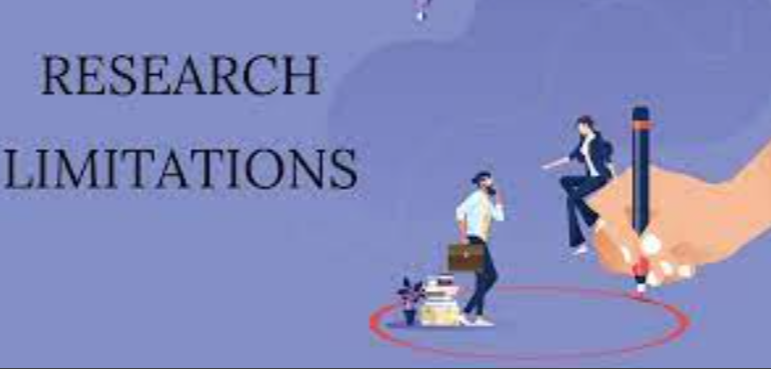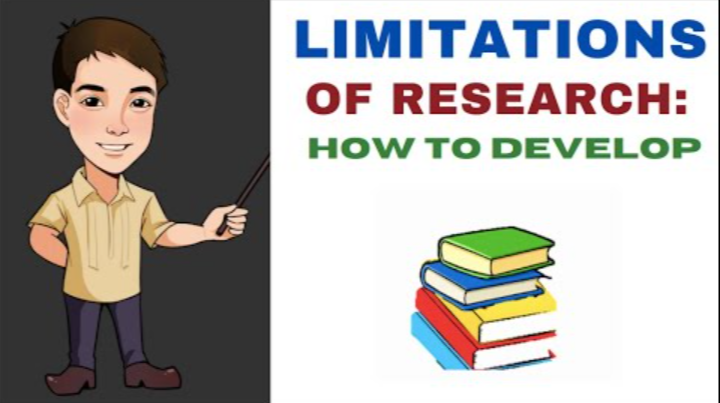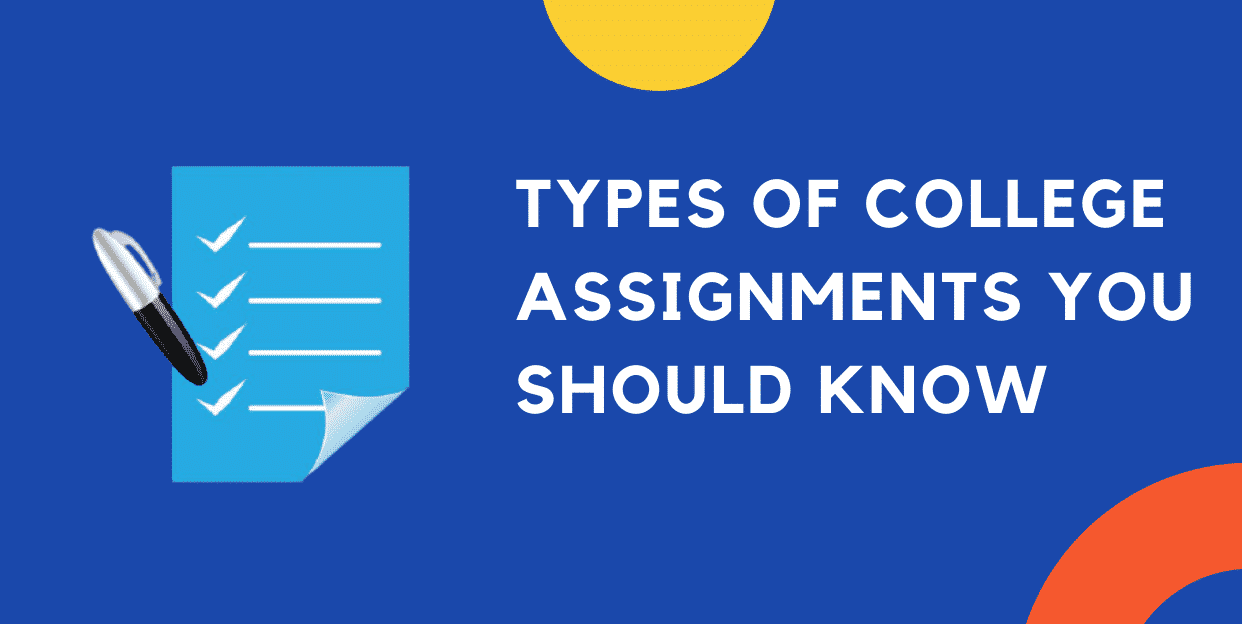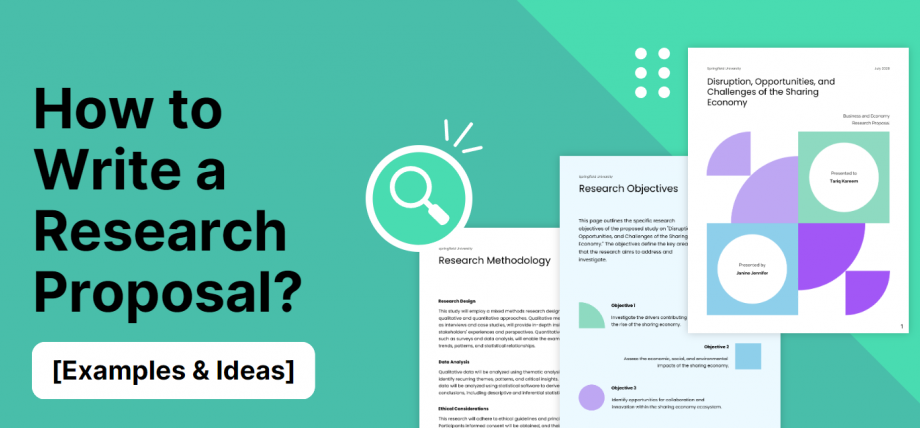Your A+ Grade Awaits at Academiascholars.com
Essays
Assignments
Term paper
Homework
Dissertations
HOW TO WRITE STUDY LIMITATIONS
Limitations and constraints are common in every research. These issues are so pervasive in theses and dissertations that there is an entire section dedicated to them. Study limitations are the prospective risks arising from the methodology, data analysis tools, and financial factors that the writer cannot dictate. Still, in the context of this definition, a limitation can be described as a constraint enforced by factors other than the researcher. This prospect is the main reason why limitations should be recognized. Incidentally, it also reinforces the belief that study limitations compromise study outcomes. Fortunately, no paper should be rejected as long as study limitations are acknowledged and their impacts on the research are explained. This is critical as researchers do not have to trade off these limitations with the fear of rejection.
Needless to say, it is prudent to highlight these issues before they are discovered by your supervisor. Remember your analysis of study limitations will not be considered complete until you state how the shortcomings affected your results.
Remember that complex research involving dissertations may be impacted by more than one limitation. In such instances, you should confine the limitations to those that are connected to the research problems. For instance, if you mentioned focus group discussion in your research objectives, then it makes sense to state its shortcomings in your study limitations.

Which limitations to Highlight
Dissertation writing is a demanding exercise that requires time and financial resources. Consequently, owing to the level of research involved, your report should not be punctuated by bias. Specifically, it is anticipated that your paper address every study limitation. Be sure to include a brief explanation of why your research encountered (or did not) the limitation. Going this far will persuade the dissertation committee that you have internalized every type of shortcoming whether it had a methodology or not.
However, in shorter documents such as the grant proposal, you should restrict yourself to the most significant or key limitations. At the research proposal stage, a good outline of study limitations provides the researcher with the opportunity to deal with potential risks to validity. It also facilitates discussion of techniques that will be deployed to mitigate those misgivings.
The net import of these constraints is that they impact the research design, findings, and conclusions. An aberration on the findings is too serious to ignore and should be stated clearly to give your paper greater credibility.
For instance, in evaluating data from respondents, the researcher may indicate that he (or she) was restricted to a small study area. Thus, the sample size was affected as well as the response rate, and the quality of feedback. This discovery is more significant in quantitative research, where the sample size should be sufficiently representative to garner some reliability.
Potential sources of Research Limitations
Turning now to validity and reliability, a suitable research instrument is essential for preventing the possibility of yielding results that apply to limited sets of circumstances. Such findings are not suitable for universal adoption or application. If your data collection instrument dictates that you collect data using the instrument, it is possible to indicate its state during the research. Was it in good condition, when was it serviced last, is it capable of reading multiple data?
You could also highlight the time allocated for the research. Was it enough for the amount of data involved? Time may also impact findings depending on the month the data was collected. For instance, data on teenagers collected during the term dates could differ from those collected during the holidays. The differences could impact the conclusions. Correspondingly, prevailing cultural norms, language barriers, or extremely large study areas could affect the outcomes and should be outlined.
The methodologies of data analysis are another potential source of limitation. This is aptly demonstrated when we attempt to adopt qualitative analysis to execute an experimental study design. As the former is merely descriptive in approach, the latter is quantitative and when brought together, will yield inconclusive results. Quantitative analysis can effectively prove a correlation between variables, yet, incapable of proving causality.
Overall, the foregoing limitations and others not mentioned should be highlighted to prevent readers from misapplying them to contexts outside of the research boundaries.

Other Sources of Research Limitations
Often, new researchers and students find it difficult to know where to begin their exploration for study limitations.
Experience has revealed other potential causes of research limitations. The factors are discussed briefly:
Broad Goals and Objectives
These should be refined and made more specific. Broad aims and objectives may result in a large geographical area for the research. Expansive areas may attract huge financial costs which could limit the credibility of the research.
Limited Knowledge in Data Collection
Researchers with narrow knowledge of primary data collection techniques are likely to end up with inconsistent data. The inexperience or the inadequate knowledge of data clerks should be highlighted as a limitation.
Mistakes in Sample Size Determination
Inexperienced researchers often struggle to come up with suitable sample size. The sample size that does not correspond to the research problem will yield unreliable results and should be stated. When applied to statistical tools, too small sample sizes cannot show a noteworthy relationship among variables. If the sample size is too big, similar outcomes are observed.
Inexperience in the Study Area
The literature review is standard practice in serious research. It is necessitated by the understanding that not all researchers have sufficient prior knowledge of the topic to conduct research. A literature review is pivotal for the demarcation of the range of scholarship that has been undertaken in the concerned discipline. However, scarcity of material or publications on the topic could make it difficult for the researcher to carry out a credible study. This should be pointed out in the limitations section.
Depth of Analysis
Some researchers may be unable to sustain insightful arguments throughout the paper. This problem is common and is not limited by the research area or whether there is sufficient material for literature review.
If you are (relatively) new in research and cannot match your experienced colleagues, then you should make a point of stating these understudy limitations.
If you still feel stuck, then you may just consider finding Essay writing help online.
Experienced writers are ready to handle your paper
Essential Tips for Success in ATI-TEAS Test
The ATI-TEAS Test, also known as the Test of Essential Academic Skills, is a crucial hurdle for aspiring nurses and other healthcare professionals. It's a standardized exam designed to assess your readiness for health science programs by evaluating your skills in...
College Assignments: A Guide to Common Types and Success Strategies
Navigating the world of higher education can feel like traversing a complex labyrinth. Amongst the new social dynamics, independent living, and challenging coursework, one thing remains a constant: college assignments. These tasks, designed to assess your...
AI Essay Writer: A Guide to Writing Essays with AI
Artificial Intelligence (AI) is rapidly transforming various aspects of our lives, and academic writing is no exception. While the idea of using AI to write essays might initially raise ethical questions, the reality is that AI tools, when used responsibly and...








 Hi, how can I help?
Hi, how can I help?